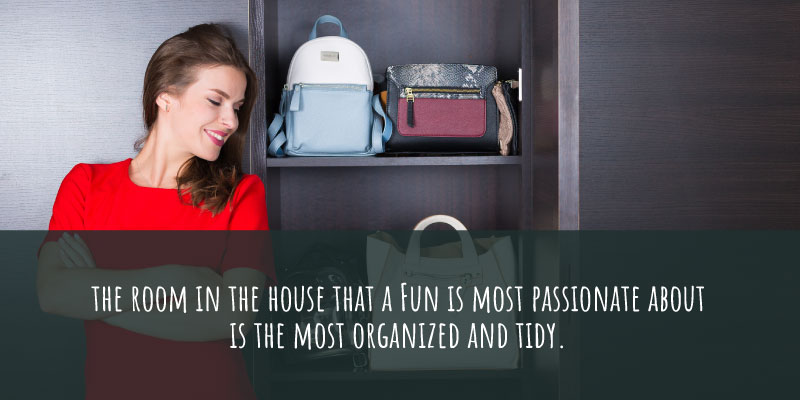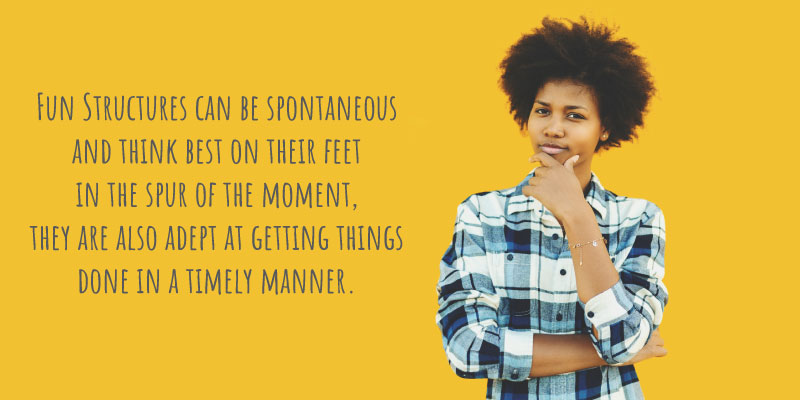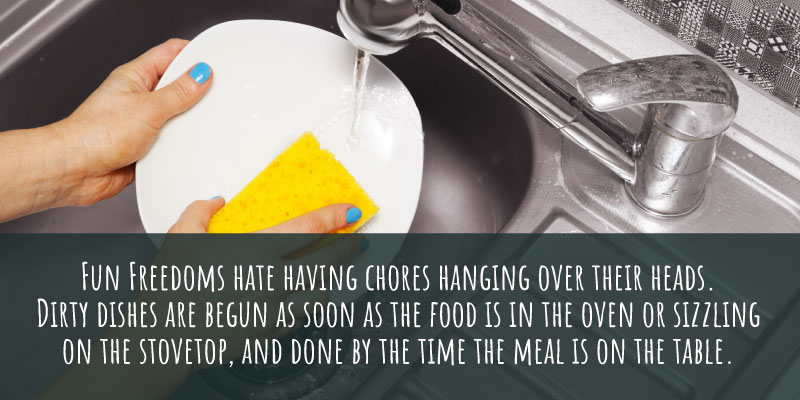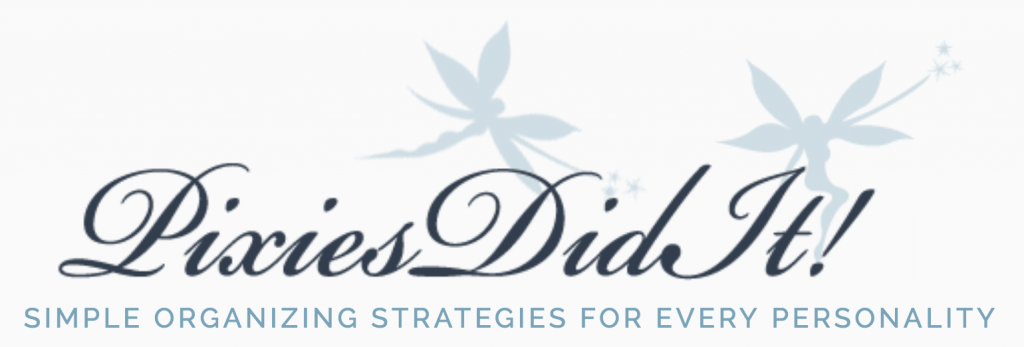Personality Type of Fun Organizers
In creating the four Pixie Types and associated subgroups of each type, we drew from a few different sources of personality theories, one of which was the Myers Briggs personality typing system, or the MBTI (Myers Briggs Type Indicator). The system was created by Isabel Briggs Myers, and was based on research she and her mother Katharine Briggs, had done. This research stemmed partially from Jungian psychological theories of personality, which was published in a book entitled Psychological Types. The book implied that every individual possessed a specific psychological type which was based on the way they took in and processed information from the outside world.
Fun is one of the four Pixie types, and is separated into two subtypes: Fun Structures and Fun Freedoms. Each of these subtypes has a corresponding Myers Briggs type. For purposes of clarity, we will go over just what makes a Fun… well, fun, and elaborate on the type generally. We will then go a bit deeper and explore the subtypes as they relate to each Myers Briggs personality type. Fasten your seatbelts!
The Fun Personality Type
These types thrive in the moment, and excel at improvising — think MacGyver or Indiana Jones stuck in a pinch, and you’ll have the Fun pretty much pinned down. However, certain Fun personality types can have cool heads as well as the ability to be spontaneous. Think Bond: James Bond. When it comes to organizing, Funs are adventurous, practical and they make up 27 percent of the US population. Although they are focused on the present moment (don’t we all wish we were?), the Fun personality type is also firmly grounded in the day to day, mundane details of life. The mail gets sorted, the dishes get done, and the bills get paid… somehow.

The one organizational aspect to note with this personality type is that organization follows passion. In other words, the room in the house that a Fun is most passionate about is the most organized and tidy. For example, if a Fun loves to cook? Kitchen is a spotless haven of a setup. Same goes for clotheshorse Funs — their walk-in closets are impeccable, each pair of shoes lined up perfectly on shoe shelves. Yes, the other rooms tend to suffer slightly: but we’ve gone over countless ways of using your personality as your organizational superpower in our book, now available on Amazon.
Fun Structures (ESTP/ISTP)
First of all, you’re probably wondering what these letters mean. These are the corresponding Myers Briggs personality types that go along with the Fun Pixie personality types. We’ll describe them here:
ESTP: Extroversion. Sensing. Thinking. Perceiving.
So, what do these terms translate to in terms of organizational habits and behaviors?
Some qualities that ESTP’s possess are:
-Analytical
-Spontaneous
-Adaptable
-Direct
-Easygoing
-Detail-oriented
-Observant
-Concrete
-Realistic
-Troubleshooter
-Active

These qualities are found in Fun Structures as well. Although Fun Structures can be spontaneous and think best on their feet in the spur of the moment, they are also adept at getting things done in a timely manner (even if it is by the skin of their teeth). Their attention to detail and pragmatic side make them logical and excellent problem-solvers and incredible in crisis situations. Fun Structures can file as well as anyone, as long as the filing system is set up for them in advance.
ISTP: Introversion. Sensing. Thinking. Perceiving.
What do these terms mean in terms of organizational patterns of behavior? Everything that was just written above, only these types are introverts who collect energy from downtime and not from being around other people, the way extroverts do. Qualities of this Myers Briggs type include:
-Logical
-Practical
-Cool-headed
-Curious
-Exact
-Independent
Fun Freedoms (ESFP/ISFP)
Let’s go over these Myers Briggs types before we delve into the definition of the Fun Freedom personality type.
ESFP: Extroversion. Sensing. Feeling. Perceiving.
These types are much like the Fun Structure types (ESTP/ISTP) except when it comes to the way they make decisions. Fun Structures, although they are easy going people, make decisions based on logic, while Fun Freedoms make decisions based on emotions and feelings: in other words, what we like to call “people-centered values”. Personality traits of this type include:
-Adaptable
-Hands On
-Generous
-Fun-loving
-Open
-Expressive
-Excitement seeking
-Enthusiastic
ISFP: Introversion. Sensing. Feeling. Perceiving.
Qualities of this Myers Briggs type include:
-Gentle
-Caring
-Compassionate
-Aesthetic
-Idealistic
-Loyal
-Helpful
-Modest

Fun Freedoms hate having chores hanging over their heads. Dirty dishes are begun as soon as the food is in the oven or sizzling on the stovetop, and done by the time the meal is on the table. In the moment is the best way to describe how this type gets things done. Wonderful in times of crisis, as are Fun Structures, only more personal crises as opposed to logistical ones. A friend is injured or needs help? Fun Freedoms are who they turn to, for their caring nature but also for their ability to be hands on immediately.
Basically, the most difficult things for these two types are the ability to be on time and the inability to see the bigger picture because both subtypes (Fun Structures and Fun Freedoms) are focused on the details in every situation. If you mention something to them in passing, do not expect them to remember it unless it’s a directive to do in that very moment. Good tools for these types are daily planners and electronic calendars, as well as multiple To Do lists (for different life categories) and a customized filing system. Think you might be a ‘Fun’ type? Go online to our website and take our Pixie Quiz to find out who you are and how you can best organize your life to fit your personality!
